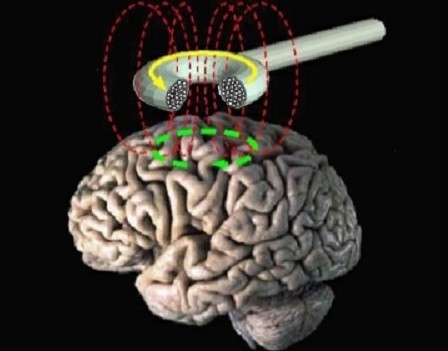Journal of NeuroEngineering and Rehabilitation
Transcranial direct current stimulation (tDCS) for improving capacity in activities and arm function after stroke: a network meta-analysis of randomised controlled trials
Journal of NeuroEngineering and Rehabilitation201714:95
© The Author(s). 2017
- Received: 13 February 2017
- Accepted: 30 August 2017
- Published: 13 September 2017
Abstract
Background
Transcranial Direct Current Stimulation (tDCS) is an emerging approach for improving capacity in activities of daily living (ADL) and upper limb function after stroke. However, it remains unclear what type of tDCS stimulation is most effective. Our aim was to give an overview of the evidence network regarding the efficacy and safety of tDCS and to estimate the effectiveness of the different stimulation types.
Methods
We performed a systematic review of randomised trials using network meta-analysis (NMA), searching the following databases until 5 July 2016: Cochrane Central Register of Controlled Trials (CENTRAL), MEDLINE, EMBASE, CINAHL, AMED, Web of Science, and four other databases. We included studies with adult people with stroke. We compared any kind of active tDCS (anodal, cathodal, or dual, that is applying anodal and cathodal tDCS concurrently) regarding improvement of our primary outcome of ADL capacity, versus control, after stroke. PROSPERO ID: CRD42016042055.
Results
We included 26 studies with 754 participants. Our NMA showed evidence of an effect of cathodal tDCS in improving our primary outcome, that of ADL capacity (standardized mean difference, SMD = 0.42; 95% CI 0.14 to 0.70). tDCS did not improve our secondary outcome, that of arm function, measured by the Fugl-Meyer upper extremity assessment (FM-UE). There was no difference in safety between tDCS and its control interventions, measured by the number of dropouts and adverse events.
Conclusion
Comparing different forms of tDCS shows that cathodal tDCS is the most promising treatment option to improve ADL capacity in people with stroke.
Keywords
- Stroke
- Recovery of function
- Transcranial direct current stimulation
- Review
- Meta-analysis






















.jpg)










No hay comentarios:
Publicar un comentario